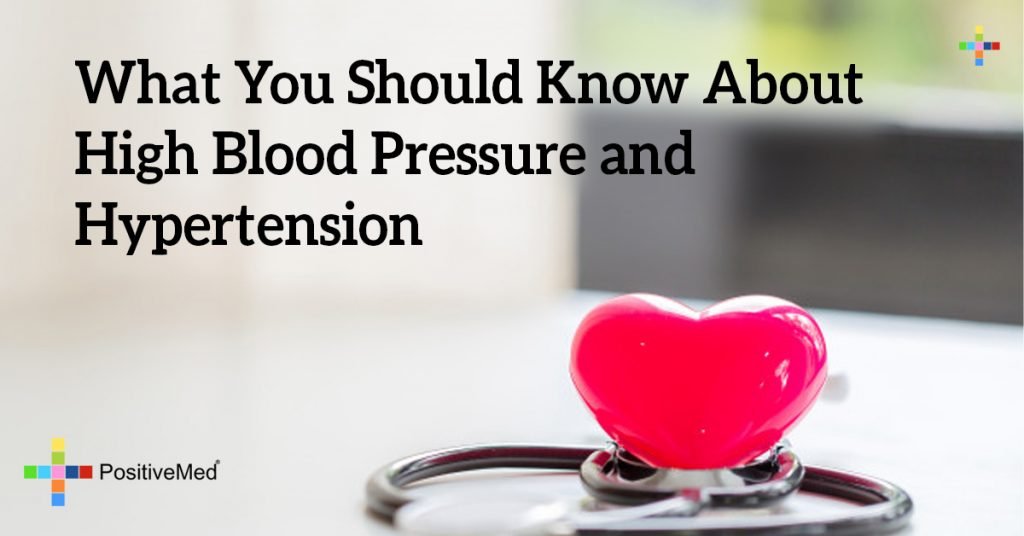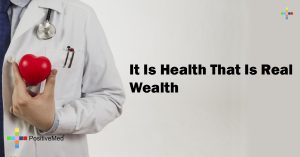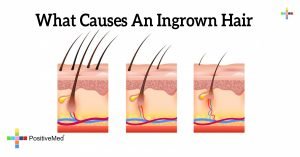
Blood pressure is the pressure exerted by the blood circulating and pressing against the inner walls of the body’s blood vessels and arteries. Typically, two measures of hypertension are performed: systolic and diastolic, as measured in millimeters of mercury (mm Hg).
Blood pressure is a sure-fire indicator of current health status, especially when it is high. This is why emergency room and emergency medical technicians have the inflatable cuff, which is referred to as a blood pressure gauge or sphygmomanometer, at the ready.
Systolic blood pressure reflects the point where the heartbeats and is pumping blood. Diastolic blood pressure measures when the heart is at rest, in-between beats when the heart fills with blood. Blood pressure is represented as a ratio of systolic over diastolic. If systolic blood pressure is 120 mm Hg and diastolic 80, the blood pressure would be 120/80 mm Hg, which is spoken as “120 over 80.”
RELATED ARTICLE: Symptoms Of High Blood Pressure You Never Knew About
Blood pressure changes through the course of the day and night. When at sleep, the pressure tends to decline and when excited, nervous, or anxious it increases. When pushing out adrenaline, perhaps when engaged in physical competition, blood pressure normally rises. It returns to normal after the fact. Likewise, as we age and grow, from a child into an adult, blood pressure also rises.
High blood pressure (HBP) is indicated when at least one of the 2 measures, systolic or diastolic, is high and above the normal range. In addition, high blood pressure exceeds 140/90, and there are 2 stages of high blood pressure, which measure levels of severity. Blood pressure above 120/80 is considered abnormal. Normally at least 3 measures of BP are taken to identify and determine high blood pressure.
High blood pressure stages:
-
1- Prehypertension
– the systolic range is 120 to 139 / diastolic range is 80 to 89 (mm Hg)
-
Stage 1
– the systolic range is 140 to 159 / diastolic range is 90 to 99 (mm Hg)
-
Stage 2
– systolic is 160 or over / diastolic is 100 or over (mm Hg)
High blood pressure categories:
There are two categories of hypertension or high blood pressure, essential and secondary. Essential is the most common and occurs in people over the age of 20. Obesity, family history, and lifestyle are known as contributing factors. Secondary hypertension usually occurs due to other medical conditions, co-morbid.
Normal blood pressure is defined as below 120/80 mm Hg. Low blood pressure is not predefined at any one particular measurement. Instead, chronic low blood pressure combined with dangerous symptoms are an indication that something is wrong. Lightheadedness, nausea, dehydration, fainting, blurred vision, and shallow breathing along with palpitations are some of the warning signs that there are health troubles at hand. In fact, dehydration can cause blood pressure to fall. Without symptoms, low blood pressure is not something to be concerned about and may, more likely, be normal. Source: American Heart Association.
High blood pressure, on the other hand, is often known as the silent killer. Initially, prehypertension identifies an upward tendency in BP, measured as above normal but below that of high blood pressure, in the range of 120/80 mm Hg, but less than 140/90 mm Hg. Hypertension is defined as blood pressure above 140/90 mm Hg. Without symptoms, how can you know you have HBP?
RELATED ARTICLE: Top 7 Ways to Naturally Lowering High Blood Pressure
Causes of high blood pressure
Causes of high blood pressure vary from environmental factors including poor eating habits, such as too much salt in the diet and excessive fried foods. Too much alcohol and a lack of exercise or any physical activity all contribute to high blood pressure and hypertension. Obesity is also a significant factor, where research has shown that excess weight causes the heart to work harder, contributing to high blood pressure.
Prescription medicines including contraceptives with the hormone estrogen can cause high blood pressure. Prescription asthma therapies and even over-the-counter cold medicines can contribute to high blood pressure. Certain medical conditions like chronic kidney disease, thyroid problems, and sleep apnea, all affect the way your body manages fluids, hormones, and sodium, the salt in your body, leading to secondary high blood pressure.
RELATED ARTICLE: Home Remedies For Treating Low Blood Pressure
High blood pressure does not alert the individual with headaches except in the extreme case of hypertensive crisis, where the BP rises suddenly and severely, to exceed 180/110 mm Hg. Symptoms of hypertensive crisis, when BP shoots way up can include shortness of breath, extremely severe headache, anxiety, and nosebleeds.
High blood pressure is dangerous. It is nothing to fool around with, and chronic HBP causes all kinds of damage if left unchecked and unmanaged. High blood pressure forces the heart to work harder in pumping blood throughout the body. Left unchecked it can cause hardening of the arteries, also called atherosclerosis, kidney disease, stroke, and eventually heart disease or even an aneurysm.
An aneurysm
is a bulge that has pushed through the wall of a weakened artery, caused by years of blood pressure pushing through and weakening the artery. An aneurysm can rupture, causing internal bleeding in any artery, but most often occurring in the aorta, the largest artery.
There are things that you can do to help maintain or overcome high blood pressure, other than taking prescribed medications. There are natural methods. First off, if overweight or obese, losing weight is the number one prescription for success. There’s no question that it is not easy but, more importantly, it is a life-saving option. Changing your diet and lifestyle is paramount.
The following suggestions can yield dietary changes and lead to weight loss successes:
- Eat a low-fat diet
- Eat fresh fruit and vegetables
- Eat lean meats and fish like salmon
- Eat whole grains
- Avoid processed foods, preservatives and sugar substitutes
- Do not add salt to your food
These suggestions, if applied as written, can mean the difference between success and pipe dream. I have seen people triumph with significant weight loss. I have seen with my very own eyes when my neighbor dropped significant weight. This neighbor had received a diagnosis of hypertension and, as an aside, a niblet of a suggestion that he loses some of the nearly 300 pounds he had accumulated, mostly around his waist.
He was not a young man then, but today he is far younger than ever before because he has regained his life. He has regained his health.
RELATED ARTICLE: High Blood Pressure Diet





